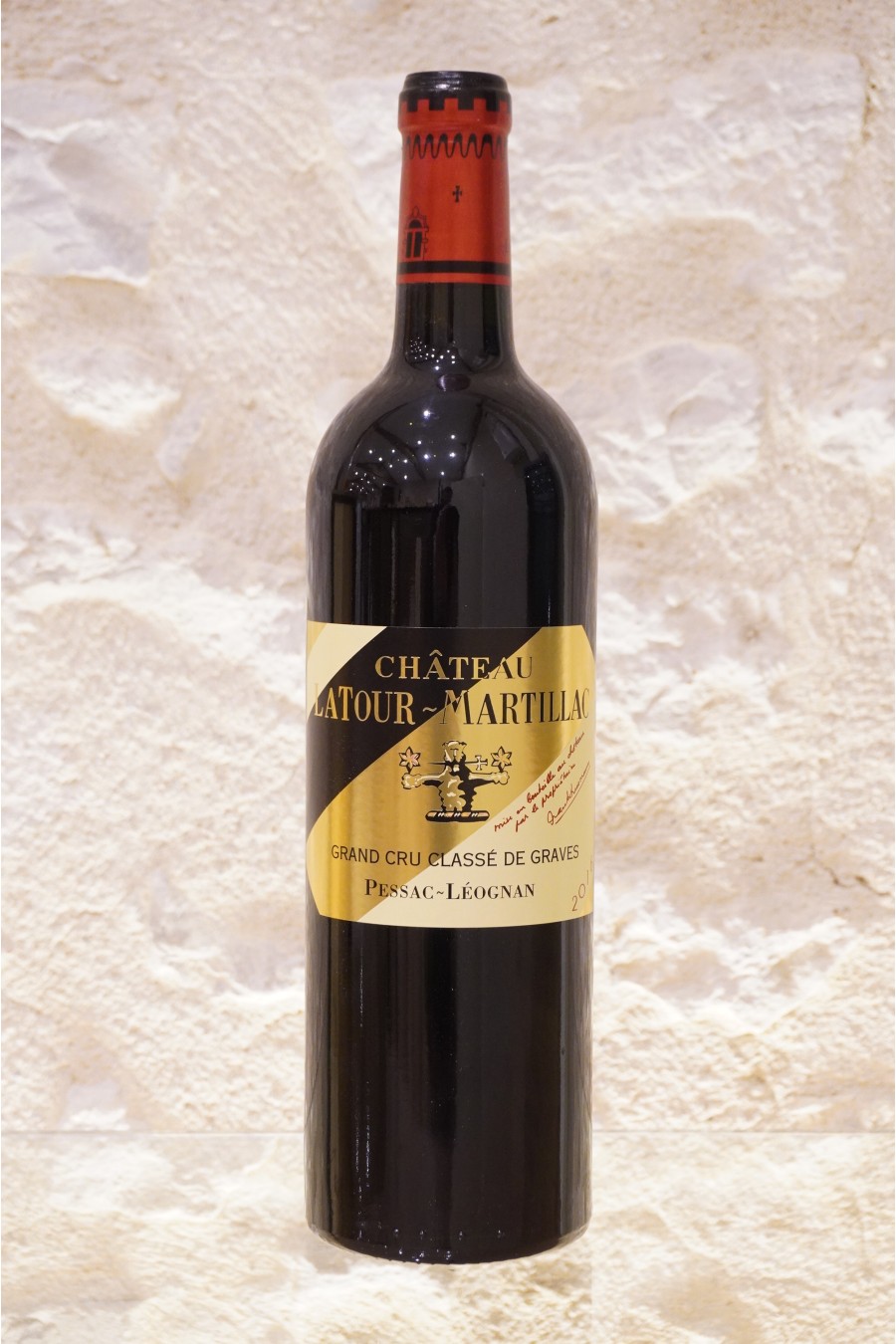- 75CL - Bottle





28€ HT
Château Latour-Martillac, located in the Pessac-Léognan appellation, boasts a rich history, the earliest traces of which date back to the 13th century, when a tower was built in the vineyard, which inspired the estate's name.
In 1871, Edouard Kressmann, a German wine merchant, became interested in the property and played a crucial role in its development.
His eldest son, Alfred, acquired the estate in 1930 and renamed it Château Latour-Martillac. He initiated a significant restructuring of the vineyard, including the planting of Cabernet Sauvignon to complement the existing Merlot vines. Alfred and his son Jean then created the Art Deco-inspired label that still adorns the estate's bottles today.
The estate's reputation grew significantly internationally, particularly in England, where the 1936 vintage was acclaimed as part of the coronation festivities of His Majesty George VI, King of England, in December 1936.
Jean Kressmann succeeded his father in 1954. Under his leadership, the vineyard expanded and winemaking methods were modernized.
Today, Tristan and Loïc Kressmann, Jean's younger sons, continue the tradition of excellence that makes Château Latour-Martillac an emblematic figure among the appellation's great wines.
Château Latour-Martillac benefits from a unique environment. The estate is distinguished by its temperate climate and exceptional terroir.
The region is characterized by an oceanic climate, providing ideal conditions for the vines, with warm summers and mild winters.
The vineyard is divided into two distinct zones. On the Martillac plateau, a variety of gravel is found, composed of quartz, lydian, jasper, and flint, forming a poor but ideal soil for vines, especially Cabernet Sauvignon and Petit Verdot. Closer to the Garonne, the clay-limestone soil, enriched with gravel, favors the growth of Merlot and white grape varieties such as Sauvignon and Sémillon.
All these climatic and geological elements give the Château Latour-Martillac vintages their unique character, combining aromatic richness, structure, and balance